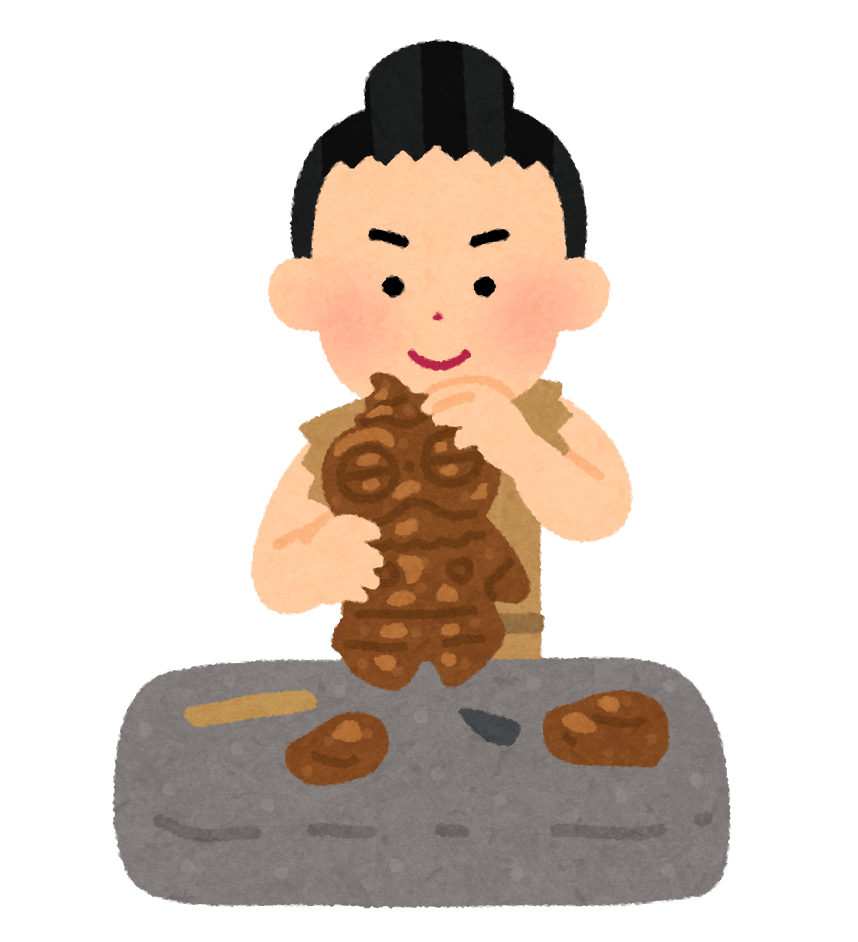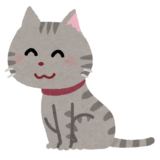 なおえもん
なおえもん
Hi there.I’m Naoemon.
The Jomon Period is one of the prehistoric periods in the Japanese archipelago, which lasted from about 16,000 to 3,000 years ago. This period corresponds to the Mesolithic or Neolithic period in world history, and is characterized by the use of earthenware and bow and arrow, the development of polished stone tools, and the beginning of a settled lifestyle. The Jomon people, a general term for the people who inhabited the entire Japanese archipelago during this period, maintained a cultural form known as Jomon culture.
The Jomon period was a very advanced and wonderful period compared to other regions and periods. Some of the reasons for this are as follows.
Rich natural environment and diverse livelihoods: The Jomon period was a time when the Japanese archipelago was formed as sea levels rose due to Holocene warming. This led to a diversity of climates and vegetation in the Japanese archipelago. For example, coniferous forests spread in Hokkaido due to its cold climate, while deciduous broad-leaved forests and evergreen broad-leaved forests spread in Honshu due to its warm climate. In the southern islands of Okinawa and Taiwan, coral reefs and mangroves spread in a subtropical climate. These natural environments have also diversified the species and distribution of plants and animals. For example, in Hokkaido, large animals such as deer and salmon were abundant. In Honshu, nuts and wild vegetables such as chestnuts and sawtooth oak were abundant. In southern islands such as Okinawa and Taiwan, subtropical plants such as palms and sugarcane, shellfish and fish were abundant.
By taking advantage of these rich natural resources, the Jomon were able to engage in a variety of subsistence activities. In Hokkaido, for example, they led a nomadic lifestyle, chasing deer and salmon. In Honshu, they led a semi-agricultural lifestyle, cultivating chestnuts and sawtooth oak. In the southern islands of Okinawa and Taiwan, they led an agrarian lifestyle, growing coconuts and sugarcane. They also actively used marine resources in each region. For example, many tuna bones have been found at the Sannai-Maruyama site in Aomori Prefecture, indicating that they engaged in pelagic fishing.
In this way, the Jomon adapted to the natural environment while consuming a diverse range of foods, enabling them to lead a sedentary lifestyle. A sedentary lifestyle is an important element in the development of a society and culture, and the Jomon were a hunter-gatherer who led a sedentary lifestyle, making them an advanced people that is rare in the world.
Complex Society and Rituals: Through their sedentary lifestyle, the Jomon accumulated knowledge of society as a whole. This led to an increasingly complex Jomon society, with a growing hierarchy and division of labor. For example, in the late Jomon period, a privileged class of chiefs and priests emerged in each region. In addition, specialized techniques for the production of earthenware and stoneware also developed.
The increasing complexity of Jomon society also led to the development of rituals and ceremonies. The Jomon held animistic beliefs that deified nature and animals, and performed a variety of rituals and rites to pray for harmony with nature and fertility. For example, during the mid-Jomon period, rituals were performed using clay figures and earthenware to imitate human and animal figures. In the Late Jomon Period, massive facilities such as stone circles and square trench tombs were constructed and collective rituals were held.
Thus, the Jomon people built a complex society and rituals as their society and culture developed. This was a very impressive achievement compared to other regions and periods.
Unique sense of beauty and expression: The Jomon people had a unique sense of beauty and a way of expressing themselves out of respect and awe for nature and animals. For example, Jomon earthenware was hand-formed from clay, decorated with patterns of ropes and shells, and fired. The most famous type of Jomon pottery is the Kaen-gata earthenware, which is decorated with wavy projections on the rim of the mouth. Kaen-gata earthenware is thought to symbolize fire and the sun, and it is highly likely that it was used as ritual pottery.
Clay figures are also clay statues in the shape of human or animal figures, and they come in a wide variety of forms and expressions. The most famous are the “masks” (kamen), which have only a flat face with hollowed-out eyes, nose, and mouth. It is possible that the “masks” were actually worn over the face.
Thus, the Jomon people drew inspiration from nature and animals, and had their own unique aesthetic sense and way of expressing themselves. This makes them a very unique and creative people compared to other regions and periods.
0



コメントを残す